Address regional differences, including first aid myths in the customizable elements of the app. For example, "local concerns" content might educate Chinese app users about the "Good Samaritan Law" and what the real risks are in getting involved as a First Aid practitioner.
Cultural appropriateness and specificity
Expanding cultural relevance
A central aspect of inclusion is the acceleration of efforts to better reflect local cultural appropriateness and specificity in its next iteration, both despite and because of the First Aid app’s global reach. Respondents’ answers indicate that the future app could integrate non-Western approaches to First Aid.
“I would like to see information on how to be considerate when removing a hijab, turban or other article of religious clothing when performing CPR.”
– Australian survey respondent
“We’ve started practicing “Two Eyed Seeing” to incorporate other worldviews.[...]. In the future, I can see us having a more inclusive lens on how to approach care.”
– Joanna Muise, Canadian Red Cross
Inclusion topics that the First Aid app could help address:
Stakeholders communicated how this might be done by highlighting efforts already underway to make the current app more inclusive, their aspirations and examples of how first aid is perceived differently in different countries. These are a few examples of what they said:
+ Acknowledge that different skin tones present conditions differently. For example, shock or distress are often depicted as redness which is typical for pale skin, but may look different on someone with an olive, black or brown complexion.
+ Despite China's 2017 "Good Samaritan Law", some people still are hesitant to learn First Aid for fear of being sued if they make a mistake.
+ In parts of Africa, myths persist about seizures, skin problems, etc., so people might not want to get involved in a situation requiring first aid. Similar myths are unfortunately not uncommon throughout the world, and respondents suggested that the First Aid app could play a part in dispelling them.
+ Surveys indicate that in Persian Gulf countries like Qatar and Saudi Arabia, there is less interest in first aid training because locals are confident that if something happens to them, the government will take care of them.
Design
Recommendations
Provide content that addresses local concerns
Take into account local attire
In addition to depicting people in illustrations dressed in local attire, consider adding content to the new app that guides First Aid practitioners on how to manage different items of clothing and adornment in emergency situations.
Inclusive imagery
Give diverse users the opportunity to illustrate themselves
In order to provide truly inclusive representation of a user base as diverse as that of the First Aid app's, it is important that people have the opportunity to represent themselves. This is to say that illustrators from all over the world, that represent people with different abilities and lived experiences, need to be involved in creating inclusive imagery and icons to be used in the app. Without this effort, illustrations and icons have the potential to be perceived as insulting or stereotypical, even if that was not the intent.
“Simplifying and generally improving the images would make the app simpler and easier to use. This would also be useful particularly in emergency situations.”
– Survey respondent, Switzerland
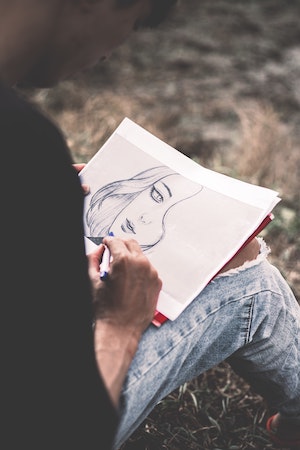
Give a diverse group of app users the opportunity to illustrate themselves
We strongly recommend engaging illustrators and artists from diverse countries, and with different abilities and lived experiences to create inclusive imagery for the new app.
Gender and inclusion
Addressing customs and laws that require gender separation
In some regions, where custom, and sometimes law, dictates unrelated or unmarried men and women must interact only in very proscribed ways, the way a male stranger administers First Aid to a woman, for example, can be a delicate topic to address. This can create a tension between First Aid practices and traditional cultural norms.
Provide content relative to gender-specific topics
In striving to be more inclusive, the new First Aid app could incorporate some guidance on how to talk about gender-related topics like pregnancy and childbirth. There is also an opportunity to provide content and inclusive language relative to gender identity and physical and mental health.
Support discussions about sensitive gender-based topics
Consider developing content that supports discussions about gender-based topics that arise in First Aid courses.
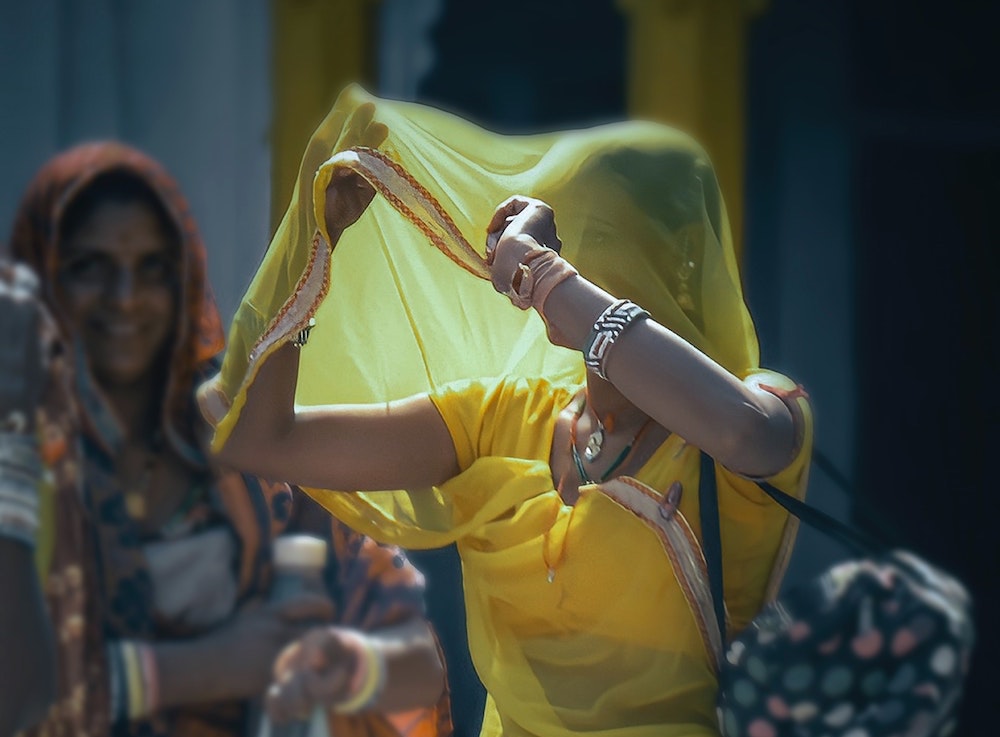
Chart showing gender self-identification of survey respondents
Provide guidance on how to respect gender-based customs and laws
Consider tailoring instructions on how to manage bystanders, that vary from country to country e.g. engage bystanders to go for help, and in some places, to form a 'modesty wall' to shield people who are receiving First Aid.
Gender identification in the quantitative survey
Overall, most (49.8%) survey respondents identified as male, and 47.6% identified as female. A small minority of respondents chose "other" or elected not to share their gender identification. Notable exceptions to this trend are seen in the Swedish and Spanish surveys that had a majority of female-identifying respondents - 53% and 69.9% respectively.
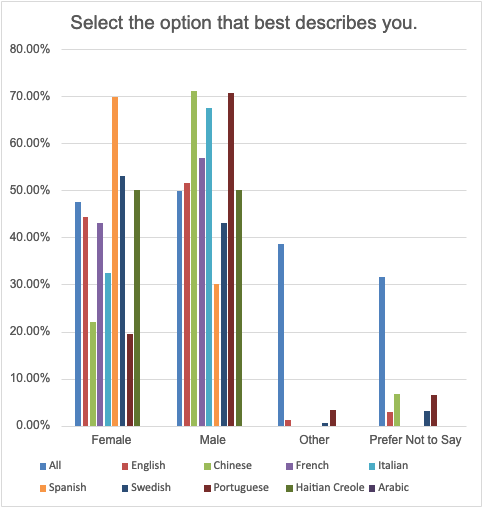
Traditional medicine and home remedies
Accounting for the role trusted local healers play in health care matters
In many parts of the world, local healers have an important role to play in community life. They are trusted sources of information about health care and are often the first experts to be consulted about First Aid and other medical matters. Despite the fact that indigenous remedies might be seen to 'interfere' with Western medicine, the fact remains that traditional medicine has an important role to play in people's lives.
Providing alternative treatments when a First Aid kit is unavailable
Respondents in Argentina, Australia, Canada and Colombia, talked about traditional, indigenous, natural and herbal treatments that are trusted and used by a significant portion of the population.
In this video, one of the people who participated in our journal study talks about the value of traditional medicine as "an unexplored scenario that deserves to be included [in the next version of the app]."
Broad interest in including indigenous treatments in the next version of the app
One respondent, a medical doctor, suggested that these treatments, once vetted for their effectiveness, could be included in the First Aid app and help expand its appeal to a wider user base. Another person from New Zealand who suggested the app provide “possible herbal alternatives and makeshift solutions like how to make a sling out of a shirt” for people who may not have immediate access to proper First Aid equipment.
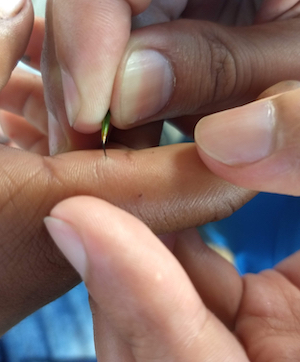
"I used a thorn of [an] orange tree to pick out a palm tree thorn. This kid touched the palm tree getting many thorns into his skin. This happened in rural area with an indigenous community."
- Journal participant, Colombia.
“In my country, many people first apply popular knowledge [home remedies as a first aid] resource, and sometimes the only resource. For example, people will often use ground coffee to treat bleeding wounds… An app that integrates traditional and natural [herbal] medicine with First Aid and with a differential and inclusive point of view would be great.”
– Journal participant, Colombia
Consider including tested indigenous remedies in the new version of the app
Consider including indigenous remedies that complement Red Cross/Crescent First Aid processes to provide alternatives to people when there is no First Aid kit available.
Provide strategies for working with local healers in contexts where this is necessary
Consider providing guidance to First Aid practioners on how to work well with local healers, when these members of the community are first responders.
Provide First Aid training to local healers
Consider offering First Aid courses tailored to local healers, in an effort to include indigenous methods in regional First Aid training initiatives.
Accessibility for all
Provide access to content via a range of connected devices
A good number of study respondents said that it was necessary to make the app more accessible to people with differing abilities, reading levels, vision, as well as older users who may require accommodations. To this end, it would be desireable for the app's content to be accessible on devices other than mobile phones and tablets, including smart TVs, connected vehicles, wearables and more.
“Add a screen reader so that a First Aider could listen to emergency instructions instead of reading them.”
– Survey respondent, Canada
“Accessibility functions for low vision (able to scale the text size), voice search [and voice to text] so everyone in a vehicle can hear the section [would be a useful additions to the new version of the app].”
– Survey respondent New Zealand
The current app could use some revisions in terms of accessibility
Survey respondents reported that not all of the features of the current app are accessible, for example, to someone who uses a screen-reader. Increasingly, more jurisdictions are legislating that websites and applications created on their territory comply with regulations that require alt-text and other accessibility-enhancing features. This is the case, for example, in Ontario, Canada’s most populous province, under a law known as the Accessibility for Ontarians with Disabilities Act (AODA).
“Because of its accessibility constraints, we are limited to the extent to which we can use [the current app]. For it to be a teaching tool, it must comply with accessibility regulations.”
– Lorraine Deming, Canadian Red Cross
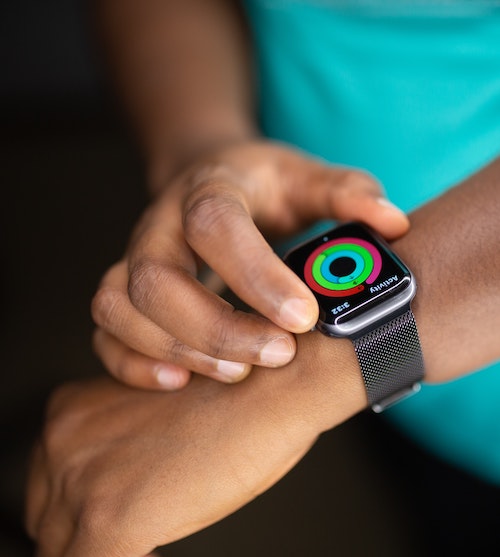
Voice controls and accessibility on devices other than mobile phones
Consider making the app accessible using voice for 'hands-free funtionality' and in scenarios when the app's content is accessed on devices such as smart TVs, connected vehicles, and wearables.
Comprehensive accessibility analysis
We recommend that a comprehensive accessibility analysis be done on the new version of the First Aid app, adhering to the most stringent legislative requirements.
Technological and financial barriers to accessing the app
Unreliable WiFi
In many countries, both those with and without well established internet and data infrastructure, users still do not always have reliable internet connectivity, presenting a consistent barrier to using the First Aid app. This was reported by respondents in Canada, Nigeria and elsewhere. This can be due to limited coverage, particularly in remote areas, or users’ financial circumstances that impede consistent, predictable internet or mobile telephone service and ownership of smart devices..
Downloading the app overseas
Other frequently cited challenges to using the First Aid app include users being unable to download their country’s app if they purchased their phone overseas, and when traveling, the inability to download the app of another country, sometimes limiting access to important information like local emergency numbers.
“If I’m in Guatemala for example, I don’t know if I can download the local app. It would be too bad, if I couldn’t understand the information [pertaining to the local context, provided by the local version of the app].”
– Salomé Boucif, First Aid Officer, IFRC Global First Aid Reference Centre, French Red Cross
Make the app accessible in all languages across regions
If possible, make versions of the app available in all languages available in all localities. For example, a Mandarin speaker should be able to download the app in Mexico, and access local First Aid information, in Chinese.